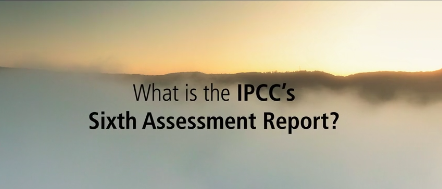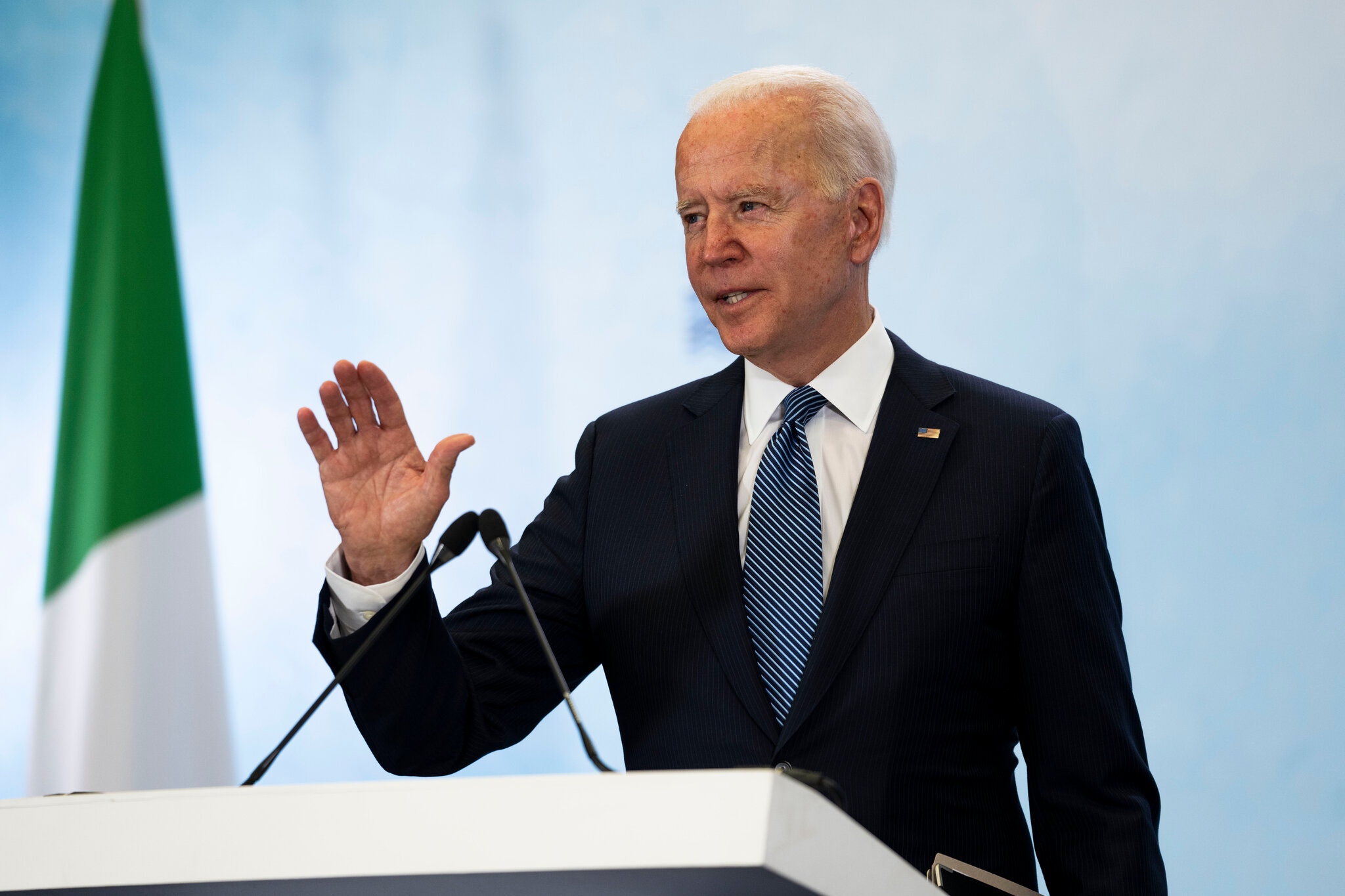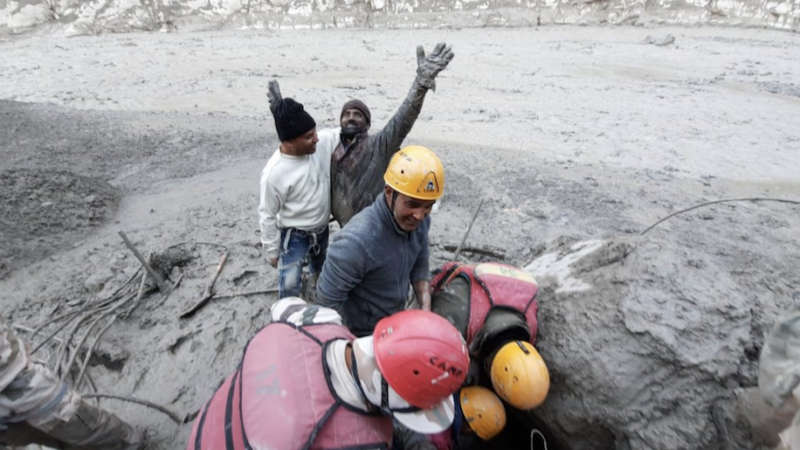M. H. Glantz
August 29, 2019
For decades, observers have tried to call attention to the various ways that the Amazon rainforest has been transformed or destroyed in the name of economic development, most often for personal or corporate gain by various human activities. Aside from many activist groups in Brazil and elsewhere raising alarm about the wanton destruction of the rainforest, little in the way of enforcement of existing laws had been done as successive governments turned a blind eye to this seemingly internal political and environmental issue. Brazilian non-governmental organizations (NGOs) have been at the forefront and have suffered many threatening actions from verbal harassments to life-taking acts of violence. The assassination in 1988 of Brazilian environmental activist Chico Mendes, who fought to save the rainforest, elevated the Amazon to a worldwide concern. Read this article to find out more information about the assassination of Mendes: https://www.vanityfair.com/news/1989/04/chico-mendes-murder.

Chico Mendes with his son. Credit: Miranda Smith, Miranda Productions, Inc, 1988.
Fast forward to today and who does the new anti-environment, right leaning Brazilian president, Bolsonaro (increasingly being referred to as the Trump of the Tropics) blame for setting the Amazon on fire? … NGOs. Bolsonaro stated that NGOs did this is to stimulate donor funding. Bolsonaro has responded to international criticism by saying “protecting the forest is our duty,” after only months earlier having created a political atmosphere and policies that specifically allow for extreme exploitation of the rainforest. Bolsonaro even attacked French Prime Minister as a “colonialist,” when Macron offered to help Brazil combat the fires.
It is important to note that some Brazilians with special interest in exploiting the rainforest declared a “fire day” on social media, a day for them to set fires in the Amazon for tree-clearing purposes. According to Brazil’s TV Globo. “On August 10, a 70-person WhatsApp group of farmers, loggers and land grabbers planned to set fire to a stretch of forest along the highway that connects Pará and Mato Grosso.”
The director of INPE, Brazil’s space research center, reported a 77% increase in fires since Bolsonaro’s entry into office last January. Bolsonaro quickly responded by firing the director because his science-based statistics were called “a lie” by the president.
Ever since his election campaign for office began, he has promised to open up the Amazon to economic development which includes cattle ranchers in search of rangelands for their herds, farmers in search of land to meet increasing demands from China for soy, and loggers eager to cut down trees to feed to mills. (See, for example, the following 2-minute news video: https://www.huffpost.com/entry/brazil-amazon-fire-jair-bolsonaro_n_5d633428e4b0b59d2576d02d )
Mimicking President Trump’s continual backtracking on sensitive political issues, Bolsonaro stated that troops were being sent to help contain the fires. This was followed by a statement that includes Bolsonaro using the Amazon rainforest to enrich Brazil. He then threatened sanctions against many G7 countries that discussed the fires as a global threat. CNN reporter Nick Walsh had flown over the fire area and reported that there “showed no sign of an increased military presence Sunday.”
The 2019 G-7 meeting, just convened in France, has identified the current uncontrolled widespread Amazon fires as contributing to the existential threat of a warming global climate and its anthropogenic causes.
What follows is a review in chart format of deforestation in the Amazon compiled in 1997, while I was a senior scientist at the US’s National Center for Atmospheric Research (NCAR). In the 1990s there was a great worry about the accelerated rates of deforestation in the Amazon. For the review researchers collected a wide range of views on both rates and processes of deforestation. Our concern was (and still is) based on the premise that rates of change can be (and often are) as important to consider in decision making as are the processes of environmental degradation. The rainforests of the globe were intimately linked to the changing climate as living trees store carbon taking it from the atmosphere and, when burned, emit carbon dioxide into the atmosphere. By the late 1990s destruction of rainforests was considered to be yet another “dread factor” related to global warming, along with melting glaciers, disappearing Arctic sea ice and sea level rise.
Although the 1997 review that follows is 22 years older (as are its authors), we believe some researchers might find it useful as a baseline on rates and processes of tropical deforestation in the Amazon. The 2019 fires in the Amazon have now captured the collective concern of six of the seven G7 global leaders who believe the fires are an integral part of the Planet’s existential crisis for contemporary civilizations.
Glantz-Brooks-AmazonDeforest-1997-re-issue-2019-1Download Article Here



